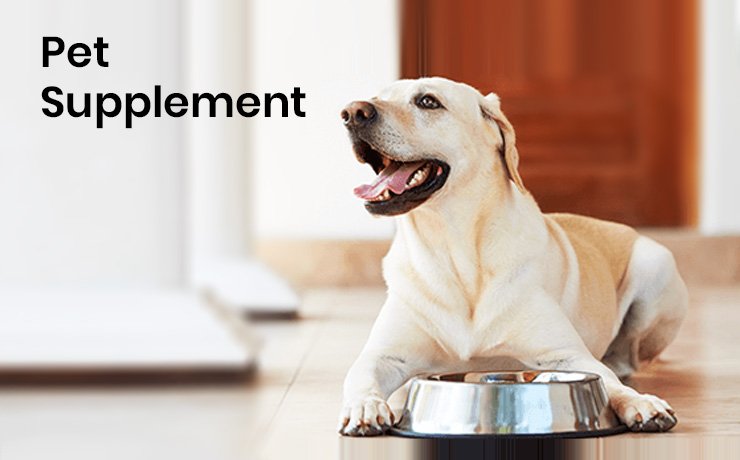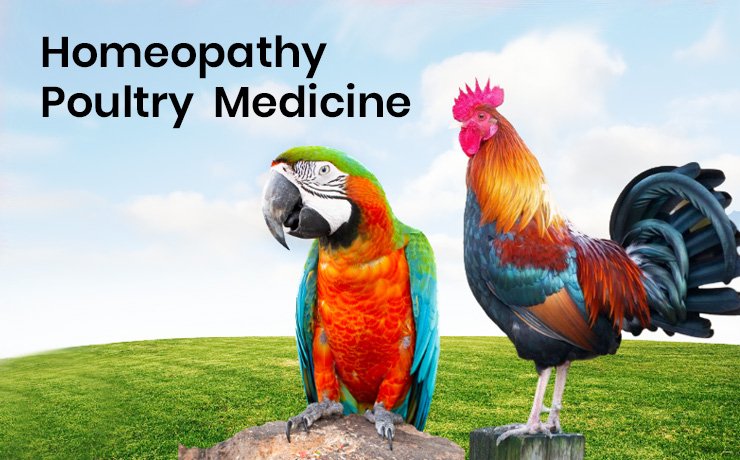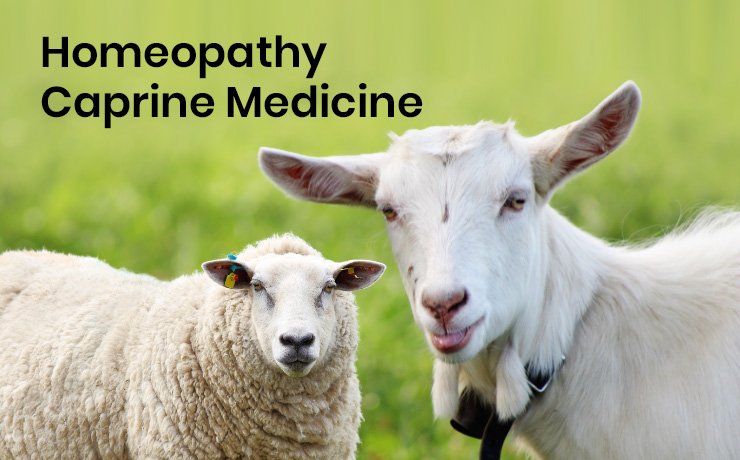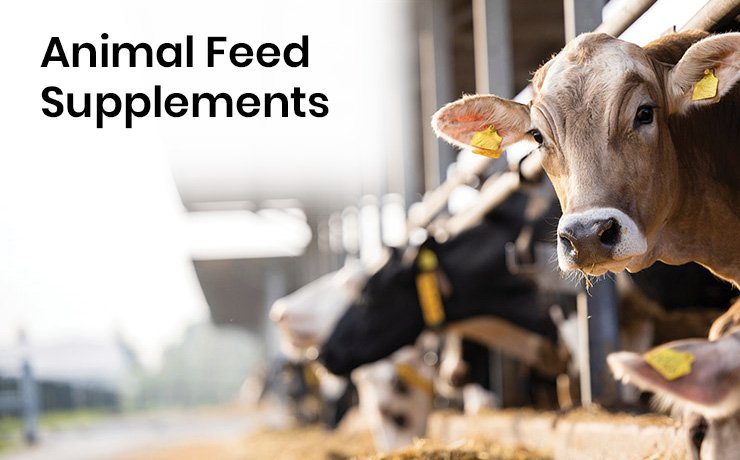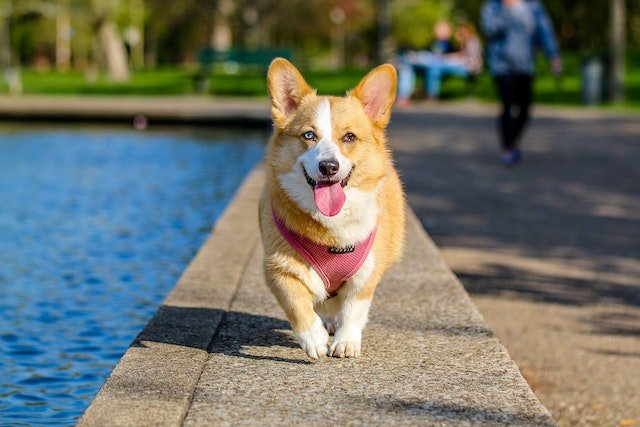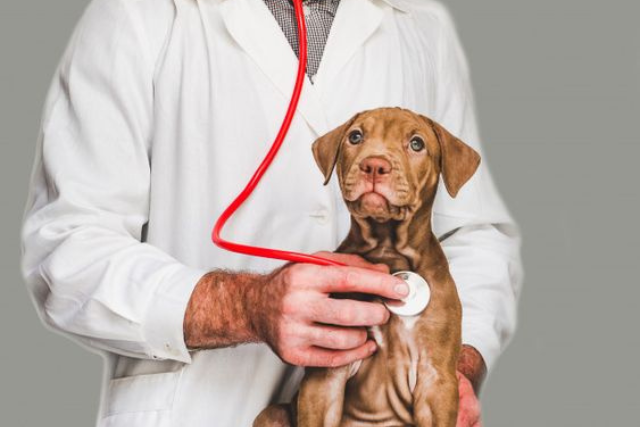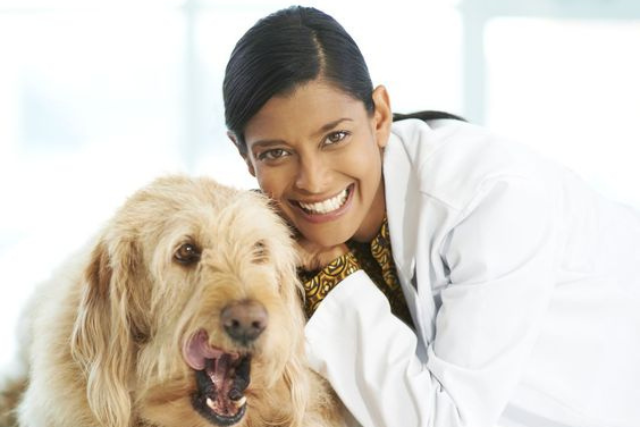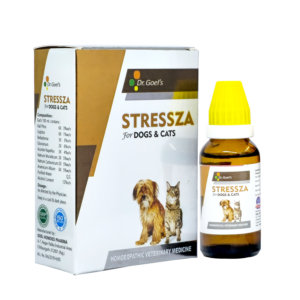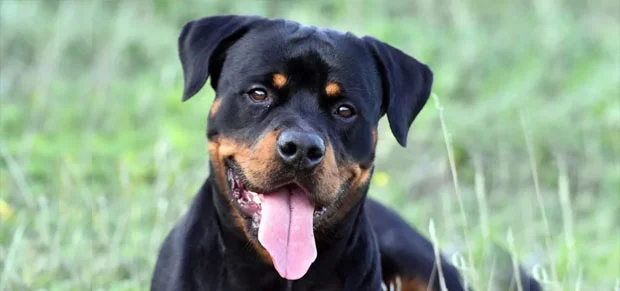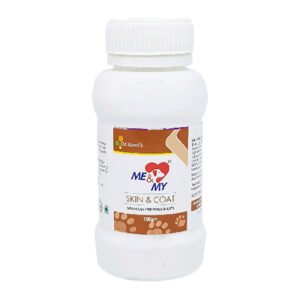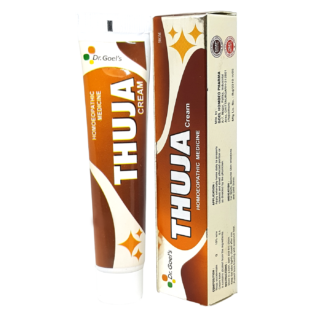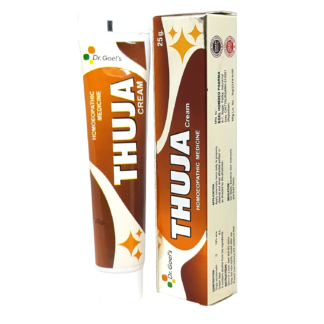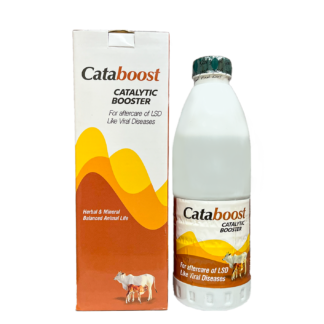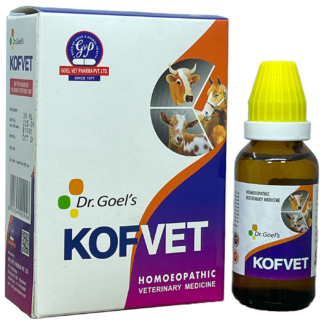Peaceful New Year-Keeping Pets StressFree

New Year’s Eve, a night of reflection and anticipation, holds a special place in our hearts. As the clock ticks down the final hours of the year, it’s a time to look back at the memories and milestones that have shaped the past 365 days, appreciating both the highs and lows. It’s a celebration of our achievements, a moment to learn from our challenges, and an opportunity for a fresh start. The atmosphere is electrifying as people worldwide come together to bid adieu to the old year and welcome the new one with open hearts. This annual event is characterized by the dazzling displays of fireworks, lively parties, and a palpable sense of festivity that engulfs communities far and wide. While it represents a time of excitement, anticipation, and revelry for us humans, it’s important to remember that for our beloved furry companions, this festive atmosphere can be a source of apprehension and stress. The loud, sudden bursts of fireworks, which are an integral part of these celebrations, can trigger anxiety and fear in many dogs and cats, impacting their overall well-being. Recognizing and addressing the challenges our pets face during this period is crucial to ensure their safety and emotional comfort as we welcome the new year.
Understanding the Impact of Fireworks on Pets
The potential stress and anxiety experienced by pets during fireworks is a significant concern that pet owners should be mindful of. The loud and sudden explosions of fireworks can be deeply unsettling for many animals, causing them to experience heightened levels of anxiety and fear. The sensory overload created by the bright flashes, booming sounds, and even the acrid smell of fireworks can be overwhelming, leaving our four-legged companions in a state of distress. It’s essential for pet owners to understand and address this issue, taking steps to ensure their pets’ comfort and well-being during fireworks displays, especially on occasions like New Year’s Eve.
The heightened sensitivity of pets to loud noises
It is a well-documented and widely recognized phenomenon. Dogs and cats, in particular, possess highly acute senses, and their hearing capabilities far surpass those of humans. This enhanced auditory sensitivity means that they can pick up sounds, including high-pitched noises like fireworks, at volumes significantly louder than what we perceive. As a result, the explosive cracks and booms of fireworks are not only startling but also physically distressing to our pets. Their finely tuned ears can detect sounds across a broad range of frequencies, making the fireworks even more overwhelming and anxiety-inducing for them. Understanding the extent of their heightened sensitivity is crucial for pet owners, as it allows us to empathize with their experiences and take appropriate measures to mitigate the stress and discomfort they endure during events like fireworks displays.
The anxiety and fear fireworks can induce in dogs and cats
The unfamiliar, loud, and sudden sounds of fireworks have the potential to evoke profound fear and anxiety in our pets. These explosive sounds are entirely alien to their daily experiences, and their suddenness can be particularly disconcerting. The sheer intensity of the noise generated by fireworks is, in many ways, overwhelming to animals with heightened senses like dogs and cats. This sensory overload can provoke a range of anxious behaviours and responses such as-
- Some pets may tremble or shiver in response to the perceived threat.
- Pets might pant excessively
- Pets can engage in pacing, attempting to escape the perceived danger.
- Whining, cowering, or hiding are also common reactions as they seek refuge from the disconcerting sounds.
The potential health risks associated with stress in pets
Extended periods of stress in pets can take a toll on both their physical and mental well-being. The persistent anxiety induced by loud noises like fireworks can lead to a cascade of negative effects like
- Physiologically, it often results in an elevated heart rate, as their bodies prepare for a perceived threat.
- Stress hormones such as cortisol and adrenaline surge in response to the perceived danger, and this prolonged elevation can be detrimental to their overall health.
- The emotional strain can manifest in various ways, including destructive behavior, a decrease in appetite, and a disrupted sleep pattern.
In severe cases, when pets experience intense panic as a reaction to fireworks, the consequences can be even more concerning.
- The fear-induced frenzy may cause them to attempt to escape or hide in unsafe locations, potentially leading to physical injuries.
- Running into obstacles, attempting to jump fences, or even bolting out of doors are actions driven by their extreme distress and fear.
This not only poses a risk to their physical safety but can also result in long-lasting trauma and a heightened sensitivity to loud noises in the future. Recognizing the impact of prolonged stress on pets is essential, and it underscores the importance of implementing strategies to minimize their exposure to stressors and providing comfort during anxiety-inducing situations. This is especially vital during occasions like New Year’s Eve with its fireworks displays, where pet owners should prioritize their furry companions’ well-being.
Signs of Firework Stress in Dogs and Cats
- Excessive Panting: One common sign of distress in pets is excessive panting. They may start to breathe rapidly and heavily, often with their mouths open. This is a physiological response to stress and anxiety, and it’s essential to monitor this behavior in your pet.
- Pacing Back and Forth: Pets under stress may exhibit restless pacing behavior. They might continuously move back and forth in an attempt to find a safe or comfortable spot or escape from the distressing stimuli. This constant movement is a clear indication of their discomfort.
- Whining and Vocalization: Some pets express their anxiety through vocalization. Whining, whimpering, or even howling can be their way of communicating their fear and unease. It’s essential to recognize these vocal cues and respond with reassurance and comfort.
- Hiding Behaviour: Pets often resort to hiding when they feel overwhelmed. They may seek out confined spaces or refuge under furniture, such as beds or couches, as a way to shield themselves from the perceived threat. Recognizing these hiding spots is important for their safety and comfort.
- Trembling or Shivering: Another common response to distress is trembling or shivering. This physical manifestation of anxiety can be quite visible and is a clear indicator of their emotional state. It’s a sign that they are deeply affected by the stress-inducing situation.
- Excessive Drooling: In some cases, pets may experience increased salivation when they are anxious. This can result in them drooling more than usual. It’s a physical response to the emotional turmoil they are experiencing.
- Restlessness: Restlessness is a broad behavioral sign of distress. Pets may exhibit behaviors like circling, inability to settle down, and being unable to focus on normal activities or commands.
- Destructive Behavior: When pets are extremely stressed or anxious, they might engage in destructive behaviors. This can include chewing on furniture, scratching doors, or digging at carpets. Such actions are their way of coping with anxiety but can result in damage to property.
- Loss of Appetite: Anxiety can affect a pet’s appetite. They may lose interest in food and refuse to eat when they are feeling stressed. Monitoring their food intake is essential during stressful times to ensure they maintain their health.
- Changes in Litter Box Behavior: For cats, changes in litter box behavior can be a sign of distress. They might avoid using the litter box or urinate or defecate in inappropriate places.
Long-term effects of untreated stress in pets
- Behavioral Problems: Untreated stress in pets, when experienced over an extended period, can lead to the development of behavioral issues. This might include increased aggression, fear-based reactions, or excessive vocalization. Changes in behavior can strain the relationship between pets and their owners.
- Decreased Immune Function: Chronic stress can compromise a pet’s immune system, making them more susceptible to illnesses. Weakened immunity can lead to more frequent infections and longer recovery times from illnesses.
- Gastrointestinal Problems: Stress can have a significant impact on the gastrointestinal system of pets. Long-term stress can contribute to issues such as chronic diarrhea, vomiting, or irritable bowel syndrome, which can reduce their quality of life.
- Weight Fluctuations: Pets under prolonged stress may experience changes in their eating habits. Some may overeat, leading to weight gain, while others might lose their appetite, resulting in weight loss. These fluctuations can have adverse effects on their overall health.
- Anxiety Disorders: Untreated stress can lead to the development of anxiety disorders in pets, such as separation anxiety or noise phobias. These disorders can further exacerbate their stress and diminish their quality of life.
- Depression: Pets can experience depression as a result of ongoing stress. They may become lethargic, disinterested in play or interaction, and exhibit a general sense of sadness.
- Compromised Quality of Life: Chronic stress can significantly diminish a pet’s overall quality of life. They may live in a constant state of unease, leading to reduced enjoyment of daily activities, playtime, and companionship.
- Aggravation of Preexisting Conditions: Preexisting health conditions may worsen under chronic stress. For example, pets with allergies or skin conditions may see an exacerbation of their symptoms due to stress-induced inflammation.
- Long-Term Fear and Trauma: Prolonged exposure to stress, especially if caused by specific triggers like fireworks, can lead to long-term fear and trauma. Pets may develop lasting phobias related to the initial source of stress, making it challenging to help them overcome their anxiety.
- Strained Human-Pet Bond: Chronic stress in pets can strain the bond between pets and their owners. The behavioural changes and anxiety can make interactions more challenging, potentially affecting the quality of the relationship.
Planning for New year eve
- Understanding Your Pet’s Sensitivities: To plan effectively, it’s crucial to have a deep understanding of your pet’s sensitivities. Recognize whether your pet is particularly anxious around loud noises or large gatherings, as this will guide your preparations.
- Creating a Safe Space: One of the most effective strategies is to create a designated safe space for your pet within your home. This space should be quiet, comfortable, and free from the noise and commotion of the celebrations. Familiar items, like their bed and favorite toys, should be included to provide a sense of security.
- Informing Guests: If you’re hosting a New Year’s celebration at home, communicate your pet’s needs to your guests. Kindly request that they be mindful of your pet’s well-being, keeping doors closed to prevent accidental escapes, and avoiding loud or sudden noises around your pet.
- Exercising Your Pet: Ensure your pet gets plenty of exercise during the day leading up to the evening’s festivities. A well-exercised pet is more likely to be relaxed and content, reducing their anxiety when the fireworks start.
- Feeding Schedule: Stick to your pet’s regular feeding schedule. However, be cautious with giving treats or extra food, as indulging them too much during the celebrations may lead to an upset stomach.
- Preventing Access to Harmful Items: Keep potentially harmful substances, such as alcohol, human food, and decorations, out of your pet’s reach. These can pose dangers to their well-being.
- Respect Their Space: As the celebrations get underway, respect your pet’s space. If they choose to retreat to their safe area, allow them the solitude they seek. It’s essential not to force interaction during times of stress.
- Stay Calm and Reassuring: Pets often pick up on their owners’ emotions. Remain calm and composed, providing reassurance and comfort when needed. Your soothing presence can be a source of security for them.
- Limit Exposure to Fireworks: If possible, minimize your pet’s exposure to fireworks displays. This can include closing curtains or blinds to block the bright lights and muffling the sounds with the use of soft music or white noise.
As we wrap up, let’s remember that New Year’s Eve is not just about partying and fireworks; it’s also about looking out for our furry family members. We’ve talked about the importance of ensuring pet safety during the celebrations, from creating a cozy space for them to exercising their wiggles out during the day.
It’s our responsibility as pet owners to be their protectors and provide them with comfort when they need it most. So, here’s to encouraging responsible pet ownership during all the festivities! Let’s all do our part in making sure our pets feel safe and loved during the noise and excitement.
And, as the clock strikes midnight and the fireworks light up the sky, let’s not forget to wish our pets a very happy and stress-free New Year. May the year ahead bring joy, good health, and unforgettable moments to both our four-legged friends and their ever-dedicated owners.Cheers to a fantastic New Year for all!!
HOMEOPATHIC SOLUTION FOR STRESS AND ANXIETY
STRESSZA FOR PETS STRESS AND ANXIETY
STRESSZA for pets is an excellent remedy for treating Anxiety, Stress, and Canine Distemper. When your fur baby is unanimously scratching, barking, hiding behind, feeling anxious, eating nothing, even sometimes behaving wild or attacking unknowingly, etc. these all symptoms may be due to Anxiety and Stress or due to various causes of Canine Distemper. We have the best solution to all your problems, We have STRESSZA is a unique homeopathic veterinary formulation to relieve stress in pets.
Stressza for pets works for Stress due to Traveling, Crackers in Festive Season, Fighting with stray dogs, Home alone, Visiting Hospital for Vaccination, etc.
ME & MY VITALITY SUPPLEMENT FOR STRESS & ANXIETY
Product Quality Assurance:
Must Read : TRUMATE DROPS for PETS 20ML
Must Read : UTEROMATE DROPS for PETS 30ML
 Australian Shepherd
Australian Shepherd Beagle
Beagle Belgium Shepherd
Belgium Shepherd Bernese Mountain Dog
Bernese Mountain Dog Border Collie
Border Collie Boxer
Boxer Bulldog
Bulldog Cavalier King Charles Spaniel
Cavalier King Charles Spaniel Chihuahua
Chihuahua Cocker Spaniel
Cocker Spaniel Dachshund
Dachshund Doberman Pinscher
Doberman Pinscher Dogo Argentino
Dogo Argentino French Bulldog
French Bulldog German Shepherd
German Shepherd Golden Retriever
Golden Retriever Great Dane
Great Dane Himalayan Shepherd
Himalayan Shepherd Indie Dogs
Indie Dogs Labrador Retriever
Labrador Retriever Pakistani Bully
Pakistani Bully Pembroke Welsh Corgi
Pembroke Welsh Corgi Pitbull
Pitbull Pomeranian
Pomeranian Poodle
Poodle Pug
Pug Rottweiler
Rottweiler Shih Tzu
Shih Tzu Siberian Husky
Siberian Husky Yorkshire Terrier
Yorkshire Terrier Abyssinian
Abyssinian American Bobtail
American Bobtail American Shorthair
American Shorthair Balinese Cat
Balinese Cat Bengal Cat
Bengal Cat Birman
Birman Bombay Cat
Bombay Cat British Longhair
British Longhair British Shorthair
British Shorthair Burmese Cat
Burmese Cat Devon Rex
Devon Rex Exotic Shorthair
Exotic Shorthair Himalayan Cat
Himalayan Cat Maine Coon
Maine Coon Oriental Shorthair
Oriental Shorthair Persian Cats
Persian Cats Ragdoll
Ragdoll Scottish Fold
Scottish Fold Siamese Cat
Siamese Cat Siberian Cat
Siberian Cat Sphynx Cat
Sphynx Cat




















